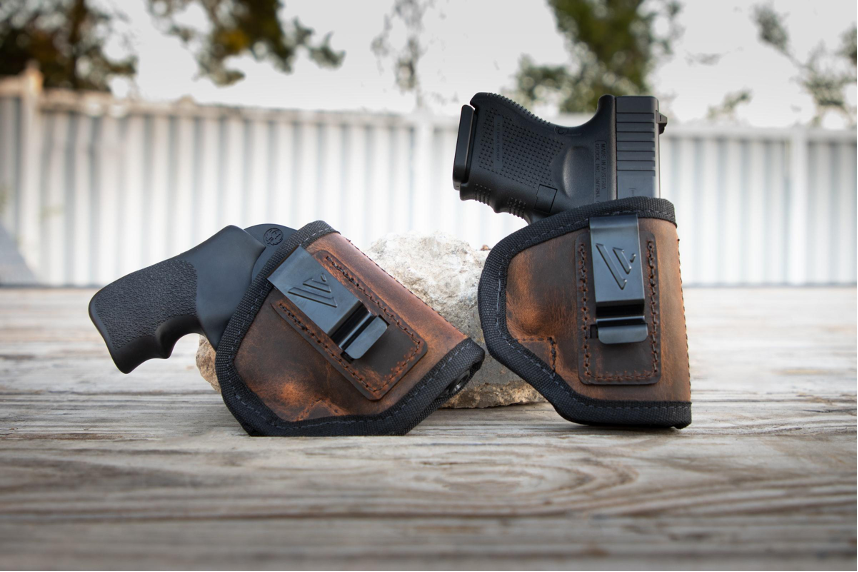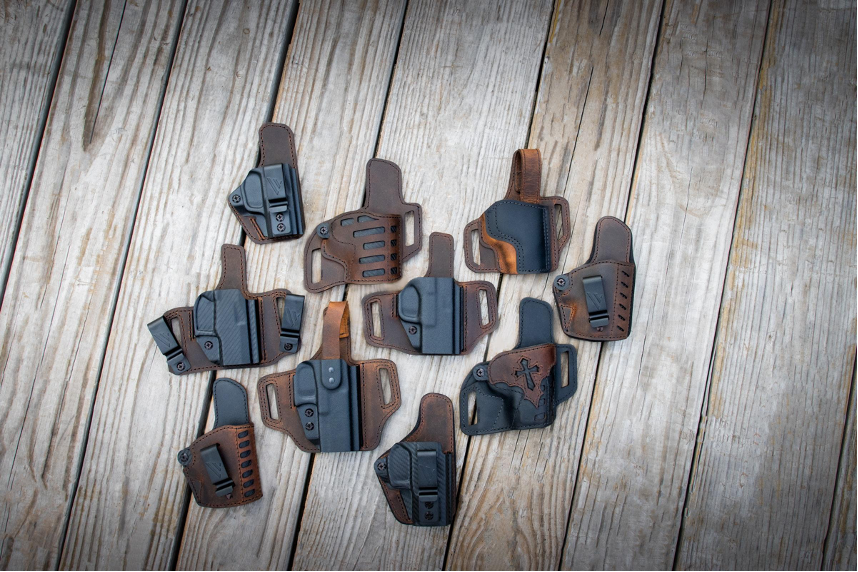It is legal to concealed carry in every state in the United States. However, each state possess varying permit conditions, so getting a permit to conceal and carry in certain territories might be more complex.
One of the perks of the concealed carry practice is the sense of safety it creates for the general public. Imagine a society where everyone flaunted their guns out in the open. While it is not wrong to carry openly, we can’t deny that a scene like that would exacerbate levels of anxiety and paranoia.

If you want to conceal and carry your firearm, the following suggestions will help you do so safely and effectively.
How to concealed carry your firearms.
Before we take steps to conceal a firearm, remember the point is to keep your firearm out of public view. Whatever you do, ensure your weapon is still easily accessible when needed.
The following is a series of steps to conceal and carry a firearm.
1. Choose the Appropriate Firearm
In the movies, people can conceal and carry firearms that are as big and long as a shotgun. Fortunately, you’re not a villain on a rampage or a hero seeking revenge, so yes, a shotgun is out of the question when practicing concealed carry.
The most concealable guns are handguns. They’re small, powerful, and can be manipulated to fit comfortably in tight and small places.
When choosing a gun for concealability, go for handguns with a small and slim grip. The bigger the grip, the more visible the imprint it will make when concealed. Of course, a gun with a small barrel would be a good idea, but irrespective of the size, the barrels are mostly tucked underneath the pants and generally make less visible imprints.

2. Use an IWB Holster
Holsters are an underrated element of the concealed carry practice. With the right holster, you will be comfortable carrying and have better access to your weapon.
The IWB (Inside the waistband) holsters are excellent for concealability because, as the name suggests, the lower part of the holster stays beneath and under the pants.
If the IWB feels uncomfortable or unsuitable, several outside-the-waistband holsters cling tight to the body and are excellent for concealed carry.
Also, remember that belts help carry your holsters better and keep them from dangling around you. You can get a purpose-built strap or belt from your gun provider.
3. Strap Your Guns to the Spot with the Least Exposure
Where you strap your firearms plays a massive role in concealing them. Primarily, holsters are worn on the hips, but it takes some training to pull your weapon from the hips, especially during lethal confrontations.
While you could essentially strap a gun to any part of your body, ensure you’re comfortable with the spot and your accessibility isn’t restrained. With that in mind, the hips are better for accessibility and comfort, and a loose-fitting shirt over your holster should conceal your gun.
Concealed carry is excellent when you need to be subtle about firearm possession, but what do you do when you need to get rid of unwanted guns?
At Fifty50 Official, we advocate safety and diligence. Click on the highlight to safely dispose of unwanted firearms.

Recent Comments